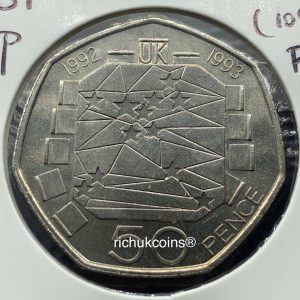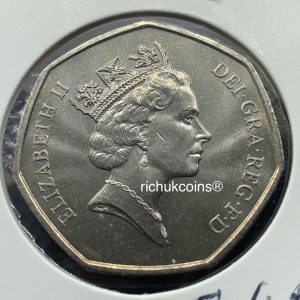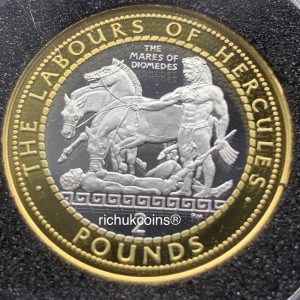Published on
Last Updated on:
The very 1st Royal Mint trial piece auction was held in Sep last year. Some pieces are resurfacing in March 2022. Many points you can use to argue trial pieces resurfaced, but this post only puts focus on how to understand trial pieces and trial pieces resurfaced.
Firstly, in 2016 or soon later, trial of the Pyx was first known publicly without any related-information. Actually, it is an annual programme held jointly between the Gold Smith company and the Royal Mint on the purpose of inspecting coins made previous year. Secondly, back to 2021, a trial piece auction was kicked off with many errors evolved, but getting improved bit by bit in its 2nd time sales. These two auction sales lead to A). coins/trial pieces are relatively used, B). a procedure of making a coin from start to finish demonstrated by the British Royal Mint. If you wanted to know more about die trial pieces from the Royal Mint, you can click on here.
So, we pick up a sample from the very 1st trial auction, lot 14. Lot 14 was a G10PD 5 oz Victoria Anniversary Gold Proof Coin. It has been slabbed by NGC PF70 UC (6318876-001). I am aware that the 3rd grading company is fully endorsed by the Royal Mint or other way round. You can check NGC marketing campaign for the 2nd time trial auction.
- Lot 14 G10PD Victoria Anniversary 5 oz Gold Proof Coin


Credit: NGC online data
A PF70 UC grade!!! Really??? The designation UC it has no doubt about it, but a trial piece can score a 70 mark. Is it really true? From this point on, you can see how this UK market is doomed to fail sooner or later. First, a 70 mark is impossible in logic, because trial pieces are existed in advance for the Proclamation and pre-solve some technique issues during a mass production. According to the Royal Mint website above, a small batches of between 7 and 30 coins, typically 3 coins remained for each category after the process. Of course, the 3rd party graders are going to make a strong defence for the coin slabbed to its customer, a happy customer. Secondly, you are going to find some interesting points on your own if you have a very close look at lot 14 and the slabbed trial piece. Most importantly, lot 14 is absolute an investment coin that cannot sell in a quick way (i.e., flip). Plus, its related collection is not easy to form, like a collection with trial piece (1/1), a coin (1/500 for instance) and trial of the Pyx (1/9). Flipping a coin, in terms of a financial term, you are going to short selling your trial pieces. The lot-14 was at £14k mark (excl. BP) to buy originally and bid at £12K mark (excl. BP) to sell in a secondary market within a 6-month period. The trial piece’s value is devalued by this transaction and short-seller’s bet either internally or externally.
Based on results from the 2nd time auction, it looks good from the perspective of the seller, but still needs more to fill in and let buyer come in and know more about it. If the Royal Mint keep going to do auctions like the trial of the Pyx annually, it is really hard to gauge interests.
#The End












































































